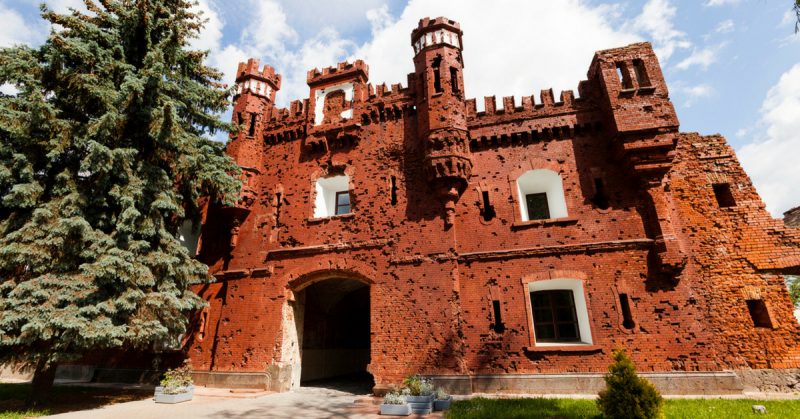The defense of the old fortress located near the Belarusian city of Brest has become an example of fortitude and courage. When the German army attacked the Soviet positions in Poland in June of 1941, the garrison of the Brest Fortress accomplished an amazing feat.
The defense of the Brest Fortress was one of the first battles of the Great Patriotic War as the Soviet Union named the conflict. The soldiers of the garrison showed great courage, sacrificing their own lives as they continually repelled the attack of German soldiers. The situation was aggravated by constant strikes from artillery and from the air.
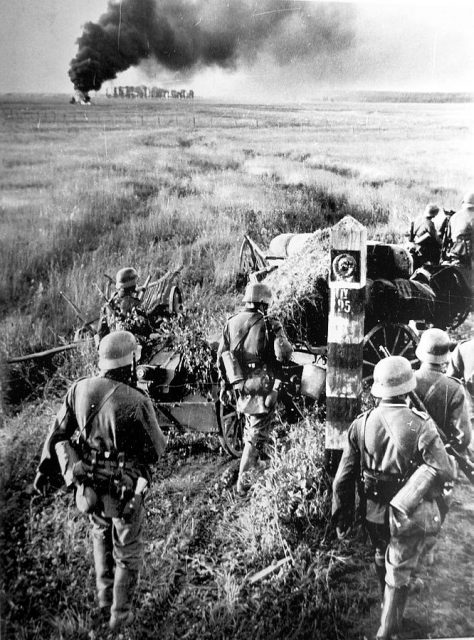
The Brest Fortress was built in the 19th century as part of the fortification system on the western border of the Russian Empire. At the time Nazi Germany attacked the Soviet Union, the Soviet army could not carry out serious defensive tasks within the structure because of its age. The main task of the fortress was the housing of engineering units, a hospital, NKVD troops, a border detachment and auxiliary units.
When the attack came, about 8,000 technicians were in the fortress, about 300 military command families, soldiers undergoing military training, the staff of the hospital, and personnel of economic services – a total of more than 10,000 people.
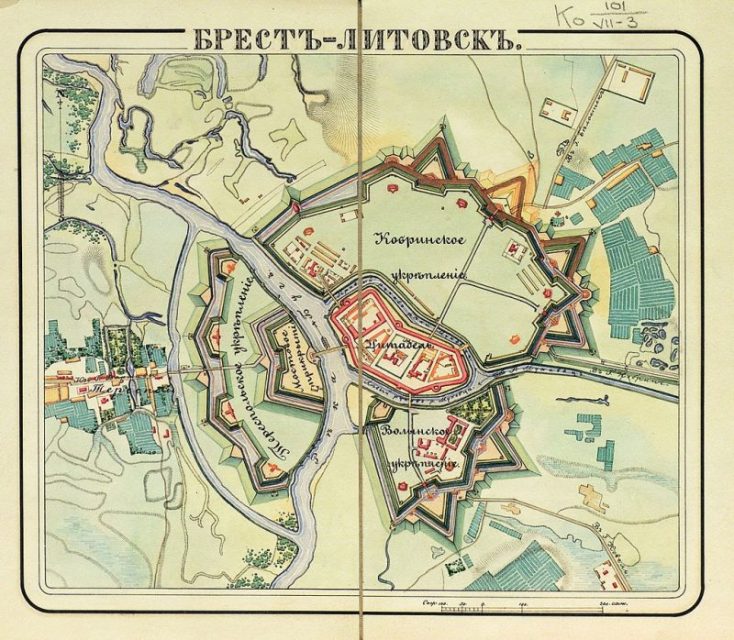
On June 22, 1941, the fortress was subjected to a powerful artillery barrage. The blows were first applied to residential buildings and the army barracks. Immediately after the shelling, the fortifications were attacked by German assault detachments. A battalion of the Austrian 45th Infantry Division conducted the storming of the fortress. The division strength was about 17,000 strong.
The German command expected that the surprise offensive, coupled with the powerful artillery attack, would disorganize the troops stationed in the fortress. The main task was to weaken the position of the Soviet soldiers and seize it quickly. According to the calculations of the German planners, the storming of the Brest Fortress was to end before 12 noon on the 1st day. However, they were severely mistaken.
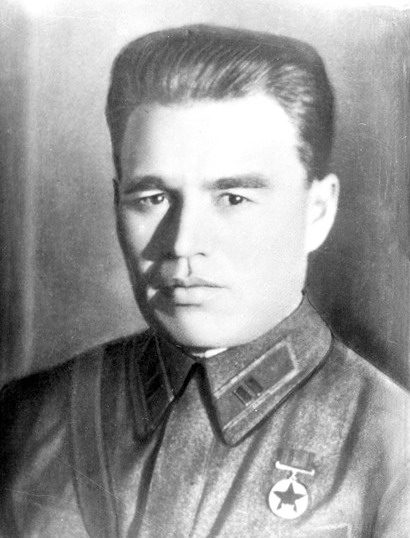
The position of the defenders of the fortress was seemingly hopeless. It was aggravated by the fact that the Germans launched an unexpected and well-prepared attack. Despite this, however, the garrison of the fortress showed courage and gave serious resistance to the Germans. In the case of a threat, the Russian troops were supposed to take positions outside the fortress, but only a small part of the personnel was able to reach these positions. Consequently, the fortress was quickly surrounded by German troops.
Soldiers defending the fortress managed to destroy most of the German detachments that broke through into the central part of the fortress known as the citadel. Following this counter-attack, the defenders took up defensive positions in the casements located along the perimeter of the citadel. In the same way, various other constructions, cellars, and ruins were effectively used as defensive structures.
The defenders used the most unexpected places for defense purposes throughout the fortress and the commanders were able to boost the morale of the fighters. In the confusion and lack of a clear chain of command, many low-level soldiers took on the role of leaders.
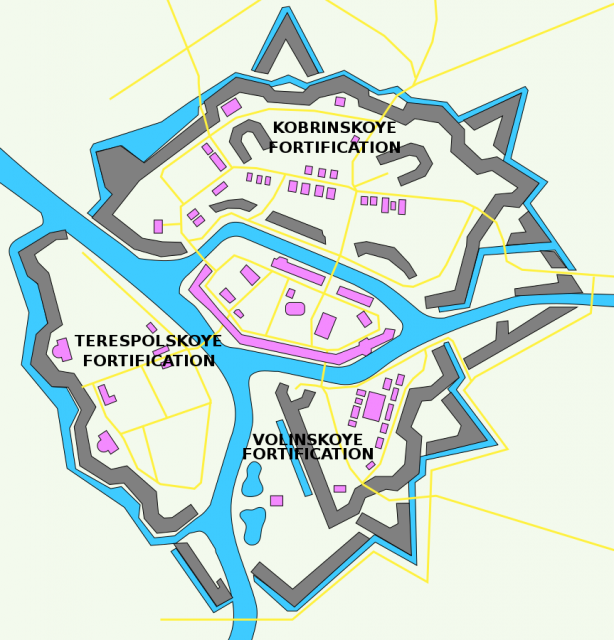
During the first day, the defenders of the fortress repelled the enemy’s attacks eight times. Each time, the German troops suffered heavy losses, especially to their officers. Therefore, by evening, all the groups that were in the fortress were recalled except for a group of German soldiers that found itself isolated within the citadel. A blockade line was created around the fortress’ perimeter, and military operations began to resemble a medieval siege.
On the morning of June 23, after an artillery and aerial bombardment, German troops continued their assaults. The fighting in the fortress was extremely cruel and protracted. The Germans did not expect such stubborn resistance.
By the evening of June 23, German losses amounted to more than 300 men, not counting the wounded. This was twice the losses suffered by the 45th Infantry Division during the time of the Polish campaign and the first time since the beginning of the war that this elite division had been held in check.
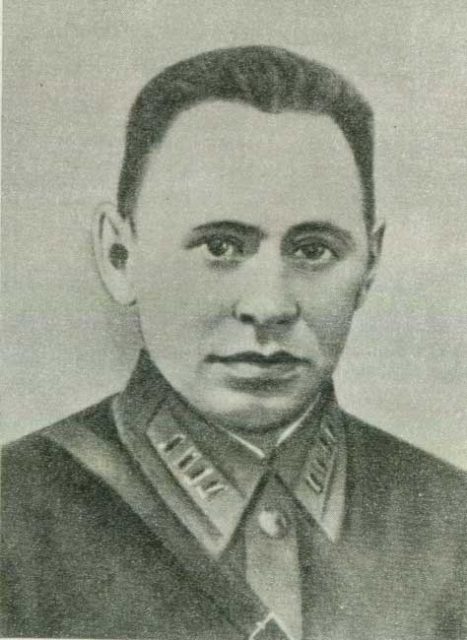
In the following days, using radio and loudspeakers, the Germans sent out demands for the Russians to surrender. They offered favorable conditions, but the defenders ignored these calls and continued to resist stubbornly the periodic German assaults.
Nevertheless, the strength of the defenders of the fortress was gradually reduced. The Germans brought up siege artillery, including huge siege mortars named “Thor” and “Odin.” Using flamethrowers, barrels with a combustible mixture, powerful explosive charges, and poison gases, they gradually suppressed the centers of resistance. The Russians experienced a severe shortage of food, medicine, and ammunition. The water supply system was destroyed, and it was impossible to get to the water.
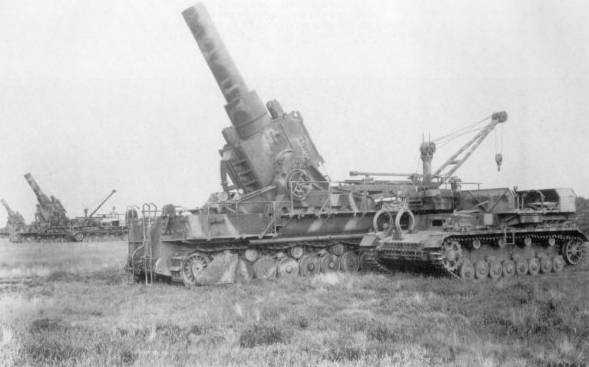
After a few days, the Russians decided that all the women and children who were among them should leave and surrender to the Germans. However, some women refused to leave. In addition, some defenders attempted to break through the siege. They were largely unsuccessful and most of them returned to the fortress or perished.
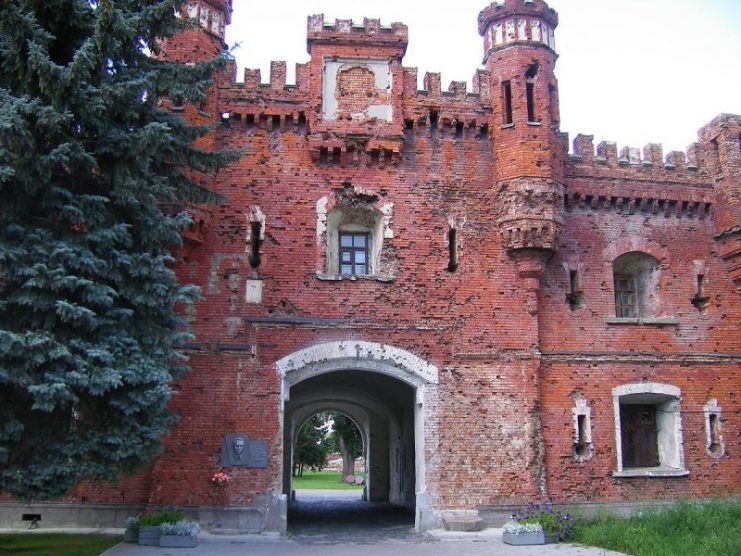
By the end of June, the German troops had managed to secure most of the fortress. On June 29 and 30, the Germans launched a renewed assault, which lasted for two days. They managed to capture and destroy the main groups of fighters within the citadel and the Eastern Redoubt of the Kobrin fortification.
But still the resistance stood, with those still able to fight forming into a number of separate groups. A small group of fighters continued the battle in the Eastern Redoubt until July 12, and later behind the outer rampart of the fortification. Major Gavrilov and Deputy Political Officer Derevyanko, the leaders of the resistance, were seriously injured and captured on July 23.
Gavrilov would eventually die in a German POW camp, but Derevyanko was executed immediately for his communist leadership position and for being a Jew.
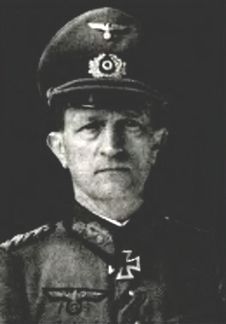
“We only gradually managed to take one defensive position after another as a result of stubborn fighting. The garrison of the so-called “Officers’ House” on the Central Island only ceased to exist with the building itself … The resistance continued until the walls of the building were destroyed and razed to the ground by more powerful explosions”
“It was impossible to advance here with only infantry at our disposal because the highly-organised rifle and machine-gun fire from the deep gun emplacements and horse-shoe-shaped yard cut down anyone who approached. There was only one solution – to force the Soviets to capitulate through hunger and thirst. We were ready to use any means available to exhaust them… Our offers to give themselves up were unsuccessful…” – Generalmajor Fritz Schlieper 45th Infantry Division
There is a legend that some of those defending the fortress hid out in the cellars and casemates of the fortress and continued to struggle until the end of July.
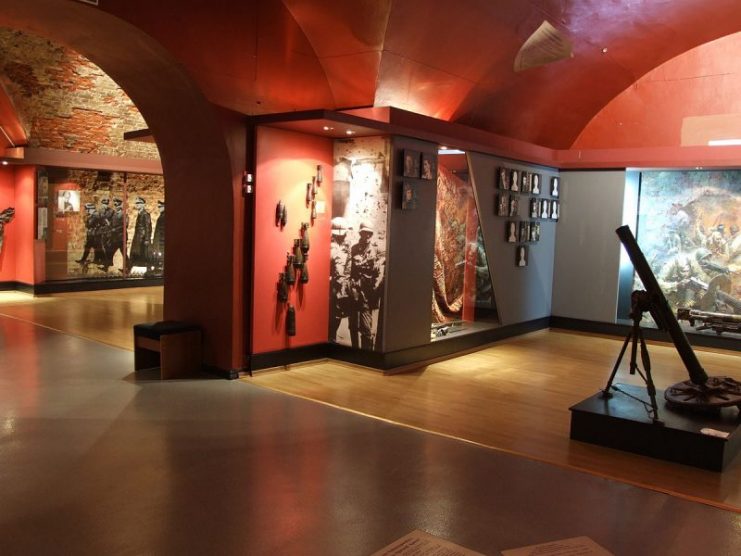
The total losses of the 45th German Infantry Division according to official reports were 482 killed, among them 48 officers, and more than 1,000 men wounded. According to the report, the German troops captured 7,000 people many of which whom were women, children, and civilians. German troops were also denied the capture of any of the banners of the military units fighting in the fortress.
850 defenders are buried on the territory in a mass grave. A monument honoring those that defied the German advance against the Soviet Union and refused to go easily was erected nearby.
Several feature films and works are devoted to the defense of the Brest Fortress. It has received the status of an Object of Historical and Cultural Values of the Republic of Belarus. Today, the Brest Fortress is a memorial complex and visited by tens of thousands of people each year.
The events of the siege of the Brest Fortress are still highly debated by several historians for a variety of issues.
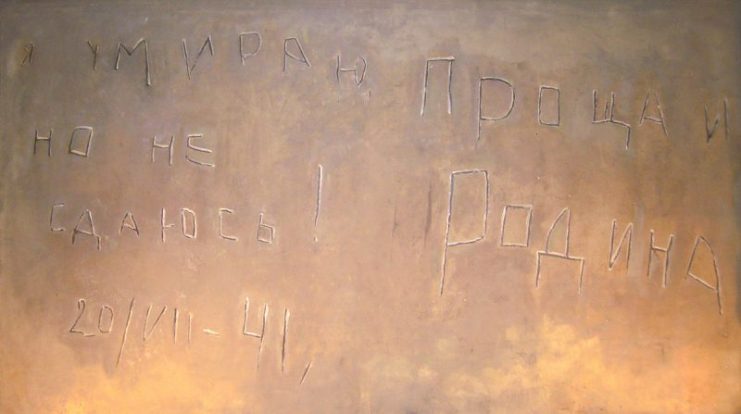
The German propaganda machine was front and center at the engagement, with orders to document the fall of the fortress. When the Soviet forces failed to follow the script, several film clips were staged. Additionally, many reports from the German commanders were falsified as they were unwilling or unable to explain their failure to take the fortress when German forces were already marching on Minsk.
Of course, the Soviet propaganda machine likewise seized on the battle as “proof” of the tenacity of the Soviet fighters in the early days of the war. Their version is not without significant embellishments as well.
What we do know for certain is that for at least several weeks at the outset of Operation Barbarossa, a multi-national force representing 30 distinct Soviet Republics fought on in a hopeless situation against impossible odds and gave as good as they got to the German invaders. This was encapsulated in a carving found on one of the walls of the fortress that reads –
“I’m dying, but I won’t surrender! Farewell Motherland. July 20th, 1941”
